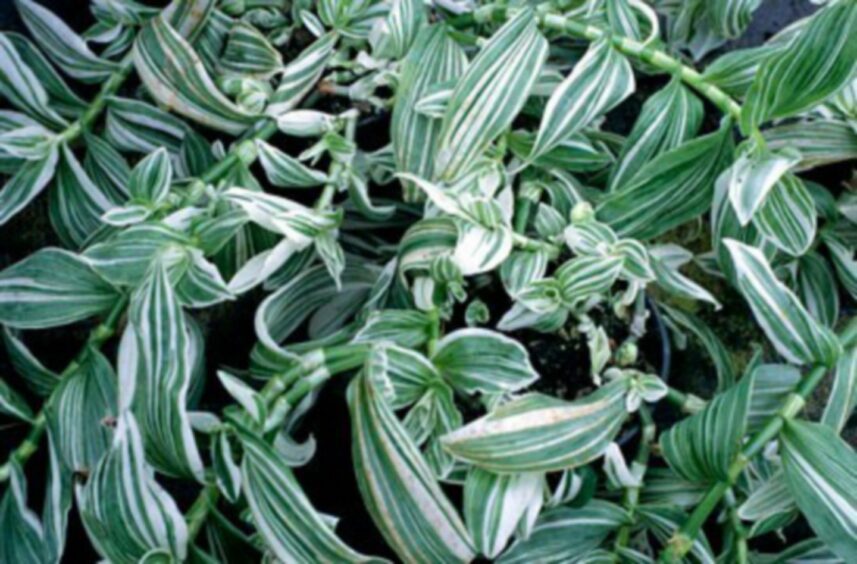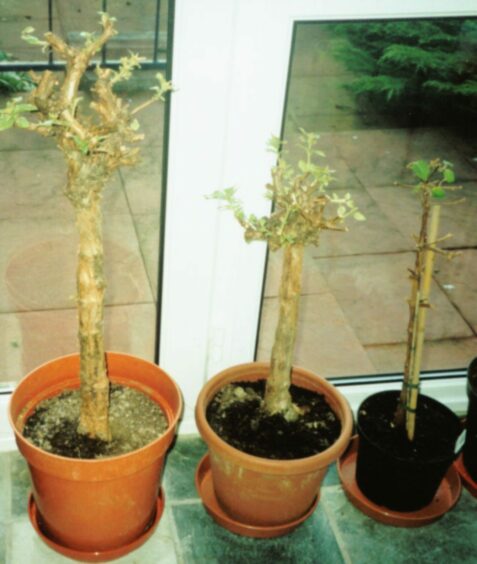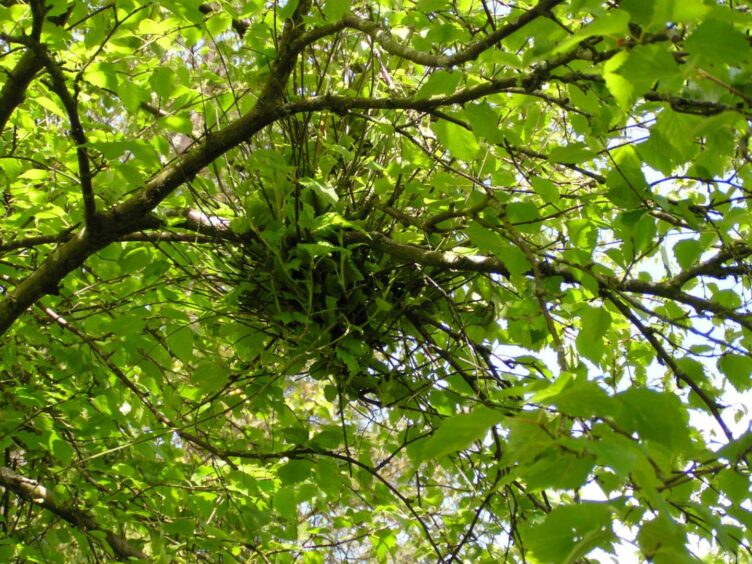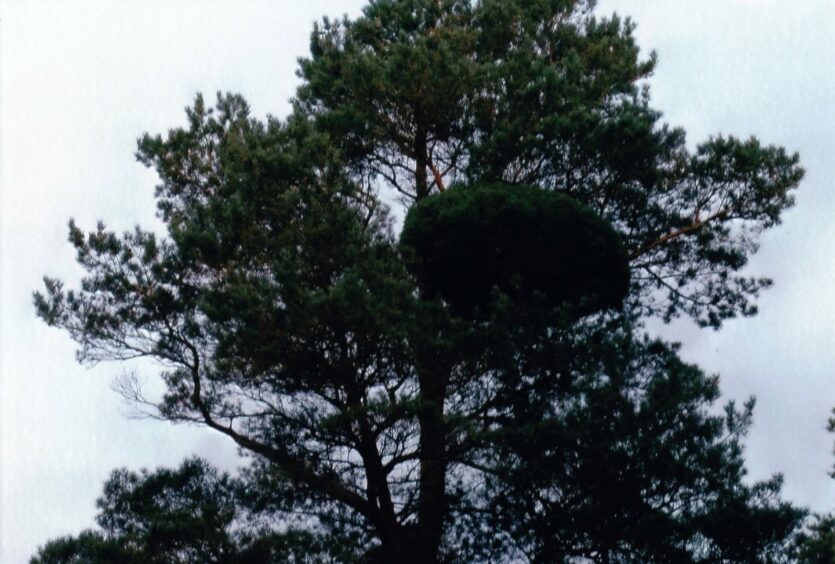As we begin to settle into a new year, thoughts turn to the usual gardening challenges – top of the list surely has to be weather, now being complicated by the vagaries of climate change.
Can we rely on the weather patterns which our experience has taught us to expect, like overnight frosts until early May and sunny, warm, late-summer days to ripen fruits?
We are most certainly in for challenging times and must therefore be prepared to make “adjustments” to our “normal” practice. Add to that the related growing concerns, centred on the use of “artificial” fertilisers, man-made treatments for pest and disease control, not to mention plastics.
Pest problems
Here’s another thought – will we need to be aware of the possible arrival of pests and diseases which affect plants on the continent of Europe lying to the south of us?
Until now, not a problem in the UK, simply because our weather conditions didn’t suit them. For example, some time back I made reference to the killer disease called Xylella creeping ever nearer from southern Italy.
Yes, to all growers, large or small, professional or amateur, there are difficult days ahead of us.
Paradoxically, it seems to me that more and more people are turning back to some of the old-fashioned ways. I am regularly advised of successful old techniques and whilst trying out some, others are conveniently forgotten.
My dear old Aunt Lily swore by the merits of cold tea as a feed for her houseplants and she certainly had some toppers. I remember in the deep window of the their farmhouse kitchen she had a hanging basket planted with Tradescantia fluminenesis ‘Quicksilver’, the silver variegated foliage occasionally showing a pinkish streak through it. The cold tea treatment got all the credit for its beauty, and who was I to argue?
Tried and tested
When it comes to the cures, part of the success is in “nipping the problem in the bud”, literally, a well-worn phrase but so true. One new year resolution should be to examine your plants closely on a regular basis.
You can stop an aphid attack from developing into an epidemic if you catch it early enough and at that stage the homespun remedies will often work.
For years, our fuchsias spent the winter in the garage, and even at this time of year there would be new shoots on them at least 3cm long.
You might have noticed that was in the past tense. Since downsizing a few years ago, the fuchsia collection is now in the bubble-lined greenhouse, over-wintering as young plants but including young standards along with pelargoniums, and sundry others, being kept at a minimum of 5C.
From now on, as the light strengthens, all these plants will be examined closely from top to bottom, on leaf surfaces and underneath too. At the first sign of animal activity, the pending invasion will be (s)quashed.
Ten days or so later, they will be examined again and so on until the plants are in full leaf and hopefully as clean as a whistle. Watchfulness is the word.
Let me remind you again – these young plants being over-wintered in the glasshouse do need water, so my watering can is kept full, sitting in the glasshouse, to take the chill off it. Similarly, just the other day, I put a bucketful of potting compost in there as well, warming it up prior to potting up a few rooted cuttings.
What to do with Witches’ Broom
Now to an interesting question sent to me the other day. It was about a problem referred to as Witches’ Broom.
It is best described as just that – broom-like clusters of twigs appearing on tree branches, now very evident because many of the affected species are leafless.
One of my favourites is the Silver Birch, and when you see acres of them in the wild, with the low-angled winter sun shining through, their mass of branches often have a lilac/purplish hue. Magic!
Sadly, for me, that gorgeous sight is besmirched by having these broom-like clusters of twigs throughout the branch network.
Some people may enjoy seeing this distraction, so be it, but when this aberration appears in a single specimen in your garden it really does spoil the picture.
The condition is caused either by a fungus related to Peach Leaf Curl or by the feeding of mites; in both cases these organisms cause the cells to mutate and form tight twig clusters.
Fortunately, the solution to the problem is quite straightforward – cut out the damaged branch(es), and this is an ideal time to get it done, when the problem is very plain to see.




